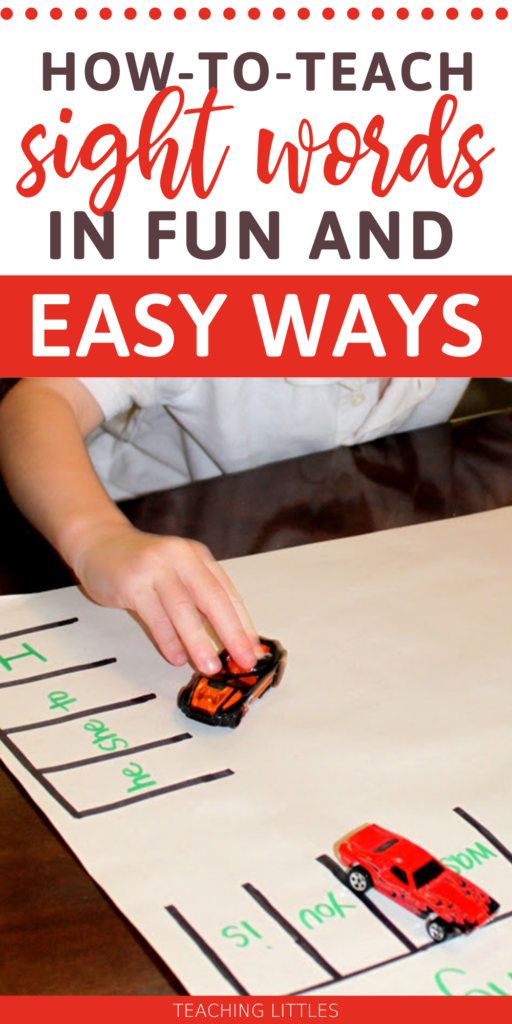It’s important for beginning readers to develop a bank of sight words to support their early reading. If you’re wondering how to teach sight words to kindergarteners and preschoolers, it’s a task that can be done, but it will definitely take time. Read on for some great tips to get them started early.
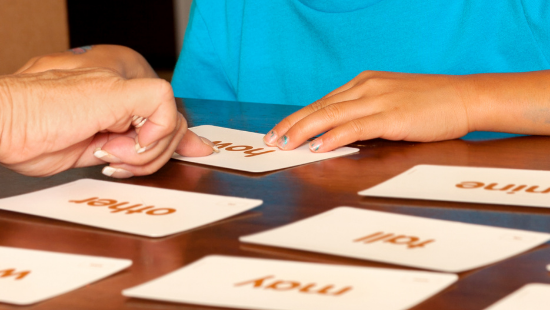
What are Kindergarten Sight Words?
Sight words are also referred to as “high frequency words” because they are words that appear most frequently in texts.
Some examples of early sight words are “the,” “I,” “a,” and “am.” As children progress with their reading, they can begin to work towards recognizing longer sight words, such as “they,” “said,” “where,” and “have.”
The goal is for children to recognize sight words instantly, without needing to devote much effort to sound them out. This frees up their efforts for words that require more strategies to solve.
For example, a book written for a beginning reader may include the sentence starter, “I am” on each page, with endings such as “swimming” or “running” completing each sentence. Children with a well-developed bank of sight words can instantly and effortlessly recognize the words “I” and “am.”
This allows them to focus their word-solving strategies on the final word in the sentence. They may use strategies such as making the first sound and looking at the picture cue.
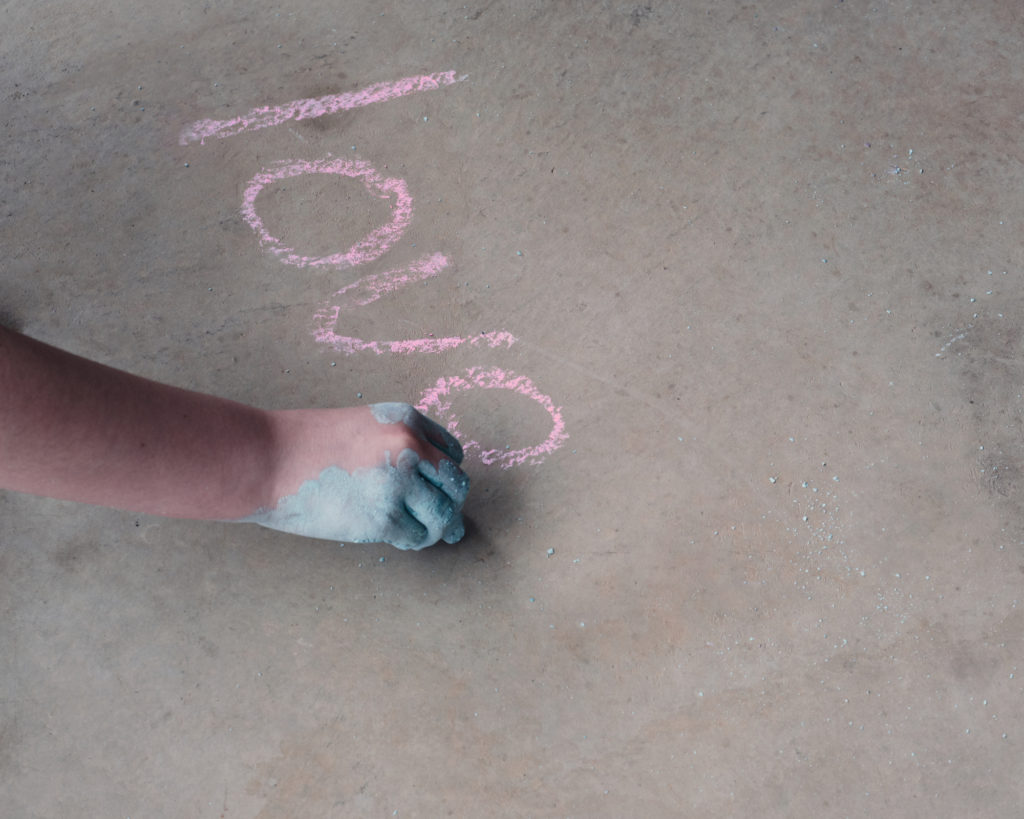
When to Teach Kindergarten Sight Words
Not every child is ready for sight words at the same time. Similar to talking and walking, learning sight words is a developmental stage that children begin at different ages. Usually, it should not be before about five years of age.
Before learning sight words, make sure the child has developed pre-reading behavior. Once your child begins showing an interest in letters and words, it indicates that a child is growing closer to reading.
Children are not required to recognize every letter before they begin learning sight words. A few letters and their sounds will let them get started with pre-primer sight words.
How to Teach Sight Words to Kindergarten
It can take time for children to learn sight words depending on their age, motivation, and cognitive skills. However, teaching kindergarten sight words with the right strategies can help any child to improve quickly.
If you’re looking for how to teach sight words to kindergarteners or preschoolers, here are some great tips and strategies to do so.
My Favorite Tips to Teach Kindergarten Sight Words
1. Start with a Small List of Words
It is easy to find lists of sight words to begin introducing to young children. However, it is important that educators do not overwhelm beginning readers with long lists of words to learn. Start with one or two words that you would like to focus on. Give children many opportunities to practice these words and solidify their learning, before introducing more words.
2. Make it Motivating
Children can be motivated to learn sight words that hold personal significance to them. For example, a child may enjoy learning how to read the word “mom” or “dad.”
Also, achieving quick success with sight words can motivate children to keep reading. Learning sight words like “I” and “a” may be easier than other words and give children an instant boost in their reading confidence.
3. Don’t Introduce Visually Similar Words Together
Keep in mind that children who are learning to read may find visually similar words confusing. For example, it is not uncommon for beginning readers to mix up the words “the” and “here.”
To cut back on the confusion, do not introduce visually similar words at the same time. Also, make sure that children have a solid recall of the first word before introducing the second.
4. Practice Makes Perfect
As you introduce new sight words, it is very beneficial to continue revisiting previously learned words. Even if they seem to have mastered a word, once you introduce new words, they may forget what was previously learned.
Continue to go back and reteach or quiz your children on previously learned words to make sure that they still remember them.
Worksheets can provide children with a variety of ways to review their growing bank of sight words. Coloring, matching, writing, and reading activities all help to solidify their sight word recognition.
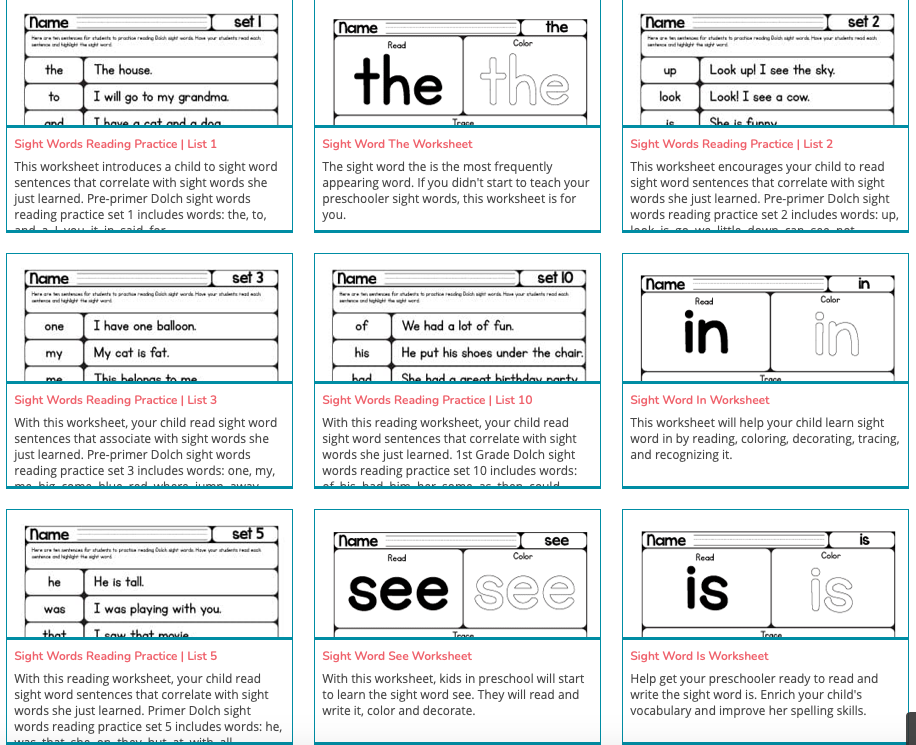
5. Use Books for Carry Over
A key component of learning sight words is to recognize them in context. Some children may be able to identify a sight word within a list of words or on flashcards, but when it comes up in a book, they have trouble.
Children should be exposed to a variety of books at their current reading level that include sight words they have been practicing. Choosing “just right” books is important.
Asking children to read books that are far too difficult can create frustration. To learn new words, practice word-solving strategies, and sight word recognition, children need experience reading books at their instructional level – not too hard, and not too easy.
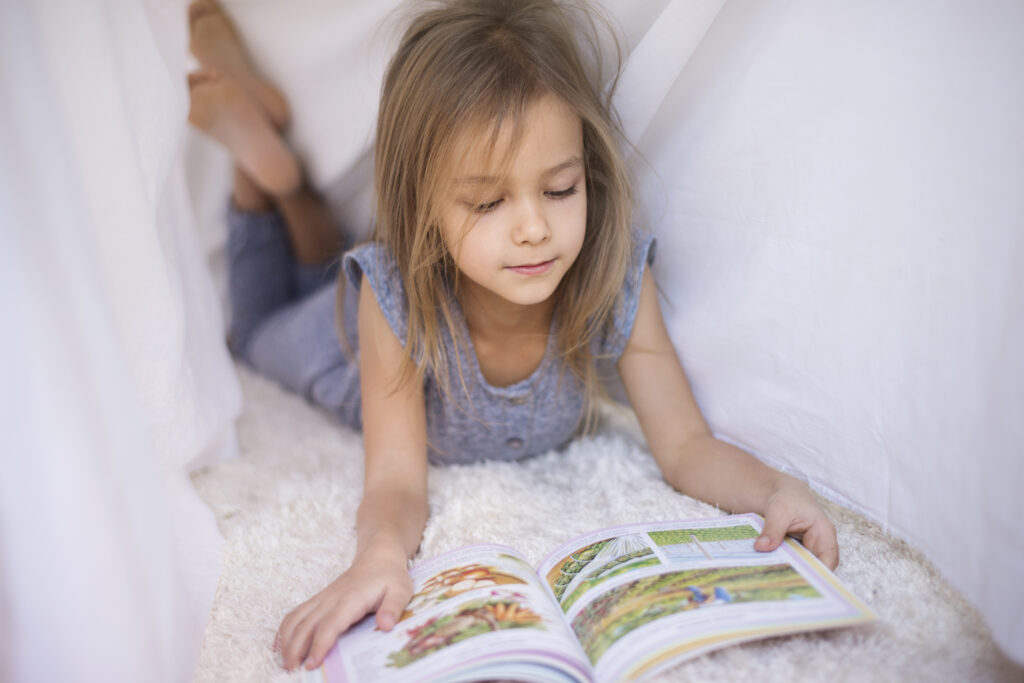
As you introduce sight words, pair them with books that are filled with the words you’re focusing on. There are many texts written specifically for beginning readers that use patterns and repetition to teach sight words.
The goal is to provide children with lots of exposure to new words and to do so in a context where they can achieve success.
Beginning readers should read the same book more than once, providing them with more opportunities for practice and developing confidence in their reading.
6. Pair Reading and Writing with Sight Words
Another great strategy for how to teach sight words is to take advantage of the relationship between reading and writing. When children learn how to write a word, they can typically read it as well.
As you’re teaching sight words and incorporating the use of leveled texts, consider ways to involve writing as well. One way is to use a sentence stem from a book children have just read.
Using the earlier example of a patterned text that begins each page with “I am,” children could write their own “I am” sentence after reading the book. This provides them with practice writing two sight words.
Letting them choose their own ending for the sentence allows them to personalize their writing. Some children may wish to go a step further than writing one sentence and can create their own “I am” book.
7. Use Sensory Items For Writing Sight Words
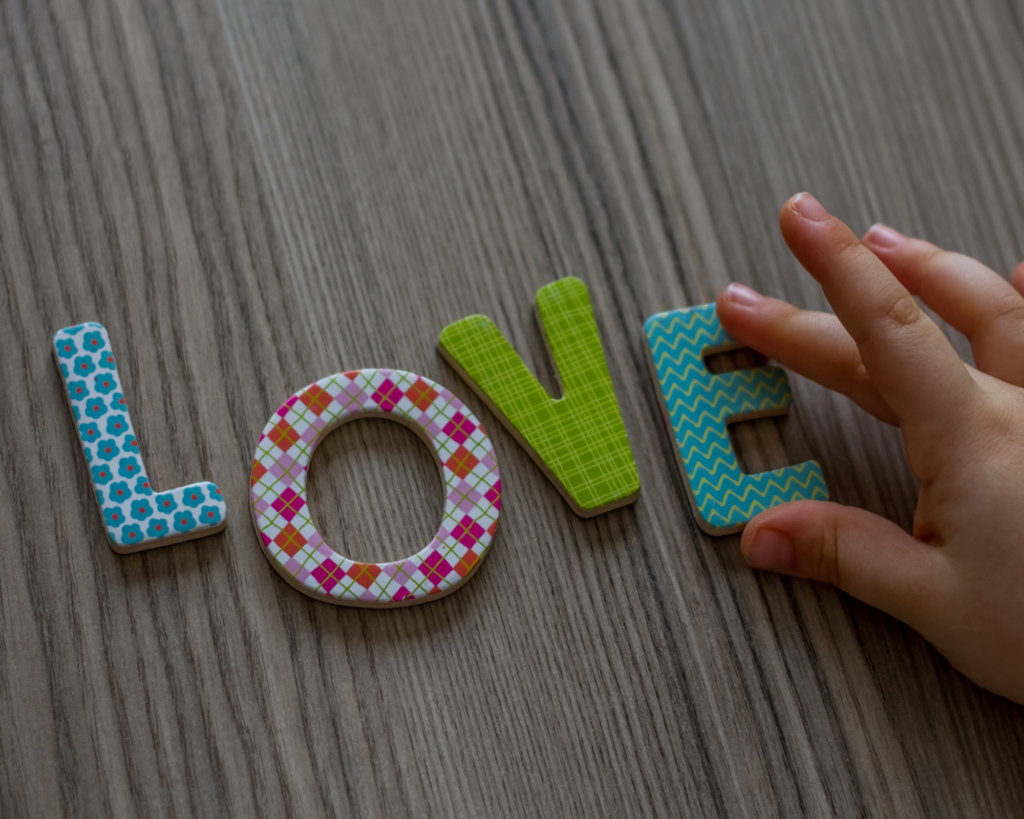
Preschoolers and kindergarteners may enjoy exploring different modalities to write words. Have them experiment with chalk, whiteboard markers, or pastels.
They can also practice writing their words in salt trays, shaving cream, or sand. In addition to writing sight words, children can build the words using materials like magnetic letters, letter tiles, or stamps.
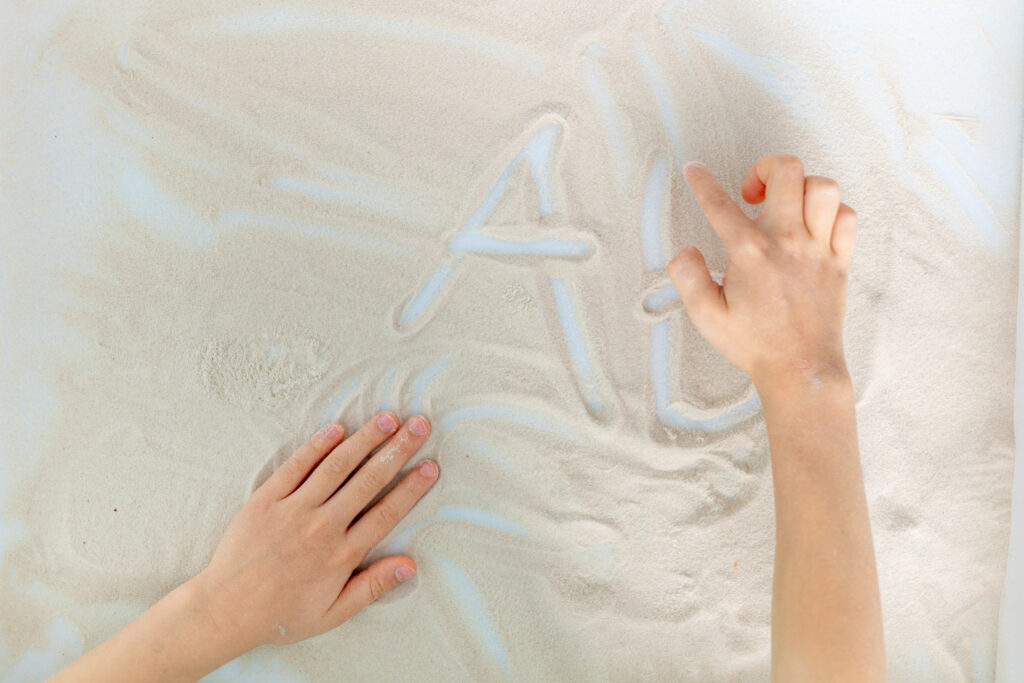
8. Use Visual Cues (Word Wall)
A great tool to help children remember how to write sight words is a word wall. This is a visual display of words they have been introduced to.
Word walls can be put up on a wall or bulletin board or can be a small, personal chart kept at a child’s table or desk. It’s important to make sure that words are displayed clearly, with the letters formed correctly. Beginning readers and writers can find fancy print confusing.
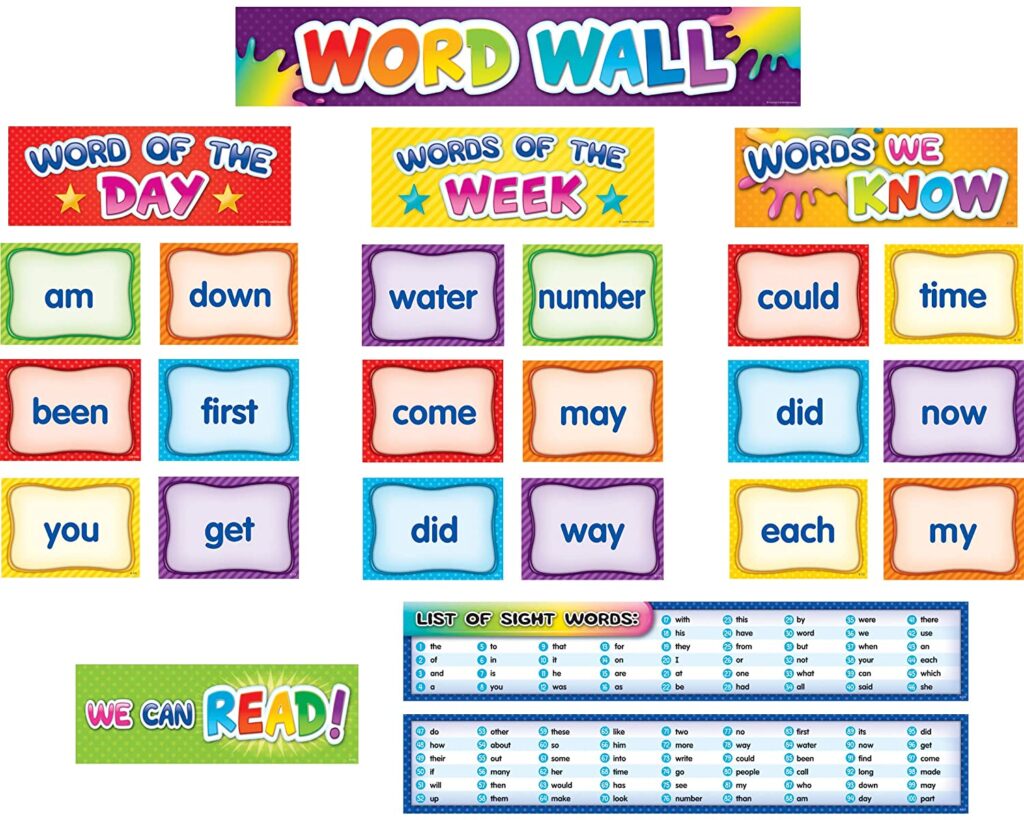
Word walls are also a great way to keep track of which sight words you have introduced. They also provide another way for children to review their words.
Related Post: Printable Sight Word Flashcards
Easy Activities for Learning Kindergarten Sight Words
Sight word activities are the perfect way to introduce and reinforce kindergarten sight words. The activities can be simple to put together and still have a big impact. Here are a few of my favorites!
1. Roll & Read
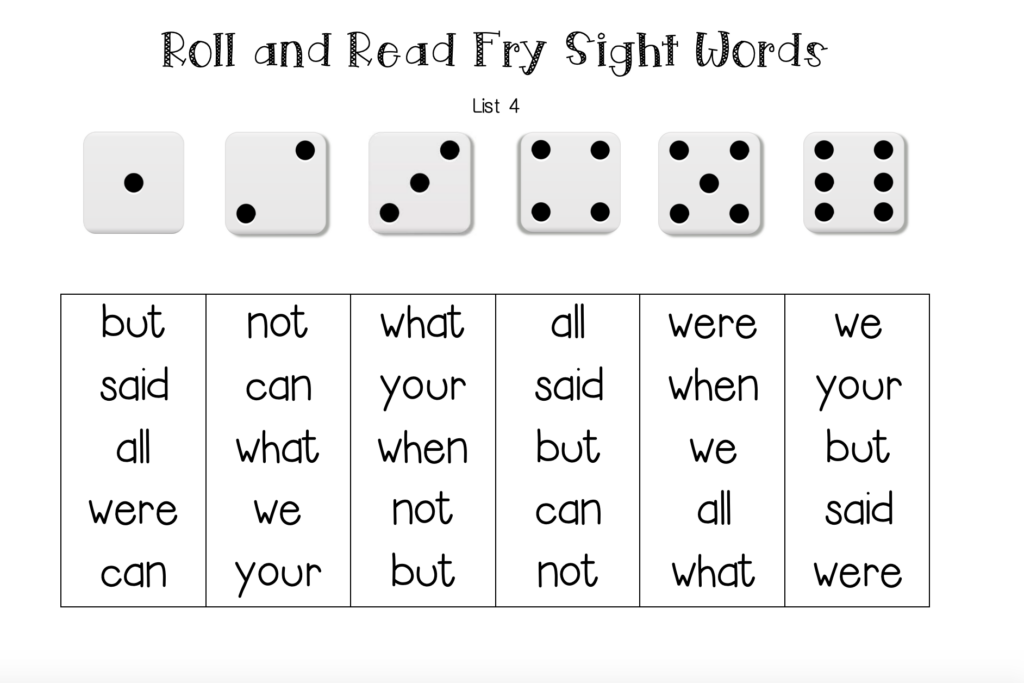
2. Sight Word Easter Egg Hunt
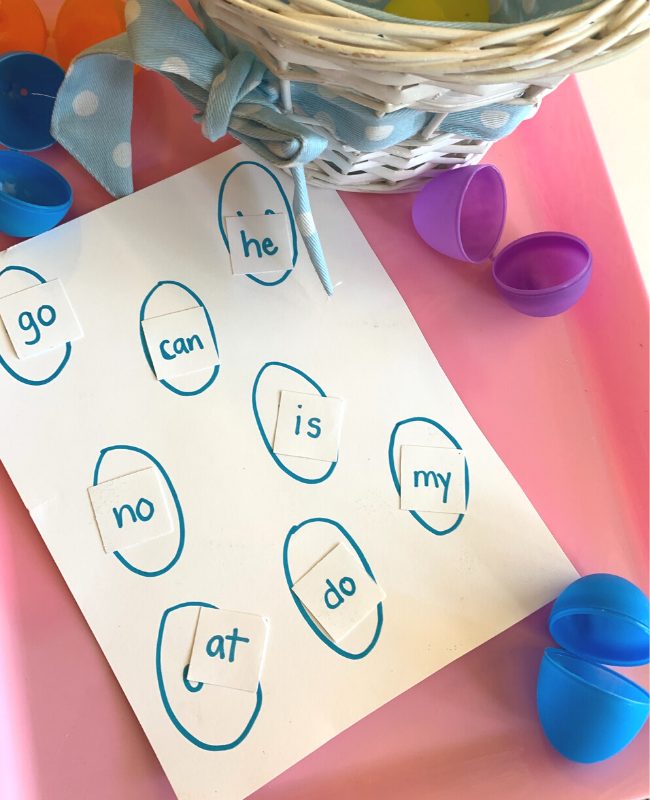
This would be the perfect activity for spring time – but really any time is a great time for egg activities! Simply write the sight words on the paper in the shape of an egg. Next hide the words inside the easter eggs, as your kids (or students) read the word, have them find the match on the paper.
3. Sight Word Parking Lot
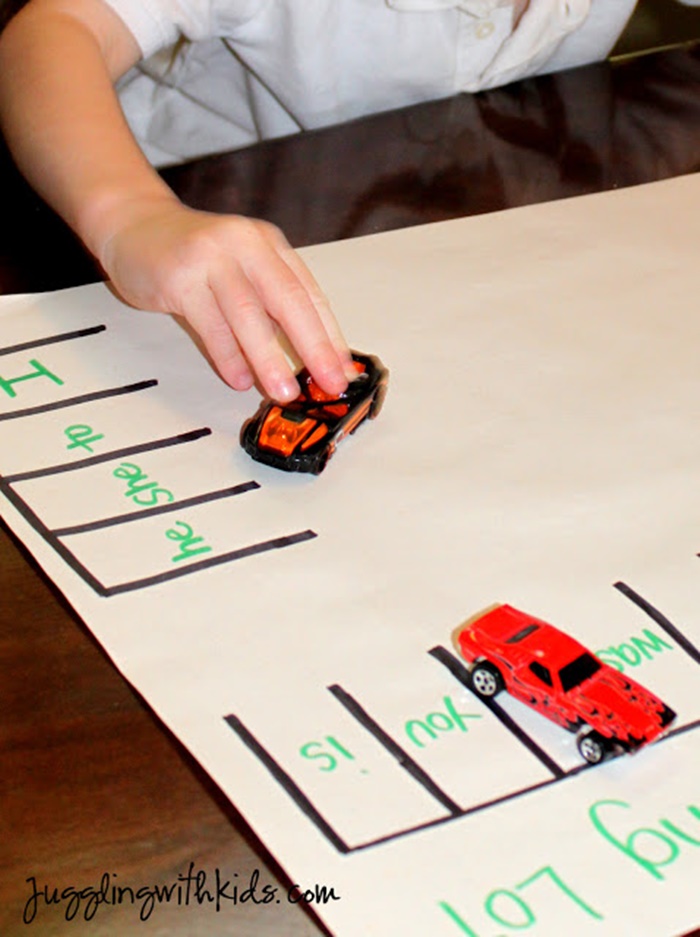
This activity from Juggling with Kids looks so much fun! Make a little parking lot with sight words, call out a word and your little one can park the car in the correct spot. What a fun way to learn kindergarten sight words!
4. Magic Sight Words
Write sight words in white crayons on white paper. Give your students some crayons, watercolors, or markers, and let them color the sheet of paper. Watch as they are amazed at the magic word that appears! Have them read the word they just revealed.
5. Playdough Sight Words
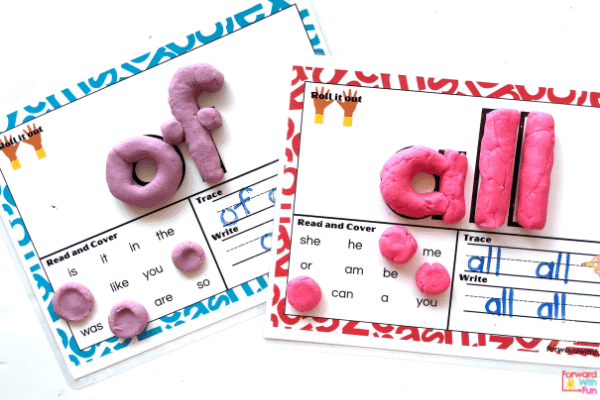
Playdough makes everything fun! Have your kiddos form their sight words from playdough, and read the sight word they created.
Kindergarten Sight Word Games
After introducing a new word, we don’t want to abandon it before a child has had adequate opportunities to solidify its recall. Sight word games are a great way to teach sight words by reviewing and adding new words.
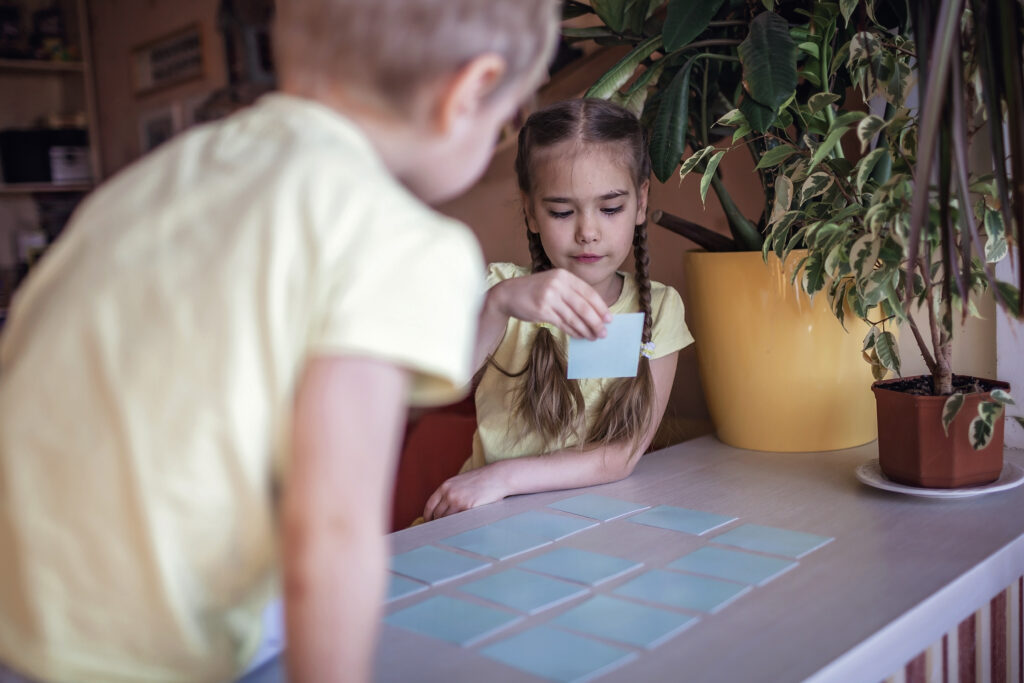
1. Memory
One example of a sight word game is Memory. Each word needs to be written on two flashcards. All the flashcards are turned over, face down.
Each player takes turns choosing two cards. If they match, the player keeps the cards and gets another turn. If they don’t match, the player flips the cards back over and the next player has a turn.
The game ends once all the cards have been matched. The winner is the player with the most matches.
Another simple sight word game is Zoom. A sight word is written on each flash card. The same word can be written on a couple flashcards if you like.
The word “zoom” is printed on several flashcards. Players take turns choosing a card from the deck. If they choose a sight word, they read the word then place the card in their own pile.
If they choose a “zoom” card, they get to steal everyone’s cards. Once all the cards have been chosen, the player with the biggest pile wins.
2. Sight Word Bingo
Sight Word Bingo is another way for children to review their sight words. Bingo cards made for dry-erase markers can be reused but paper and pencil also work.
Each player needs a bingo card that has a different sight word in each box. You also need a deck of flashcards with each word written on a card.
One person chooses a card and reads the sight word. The players look at their bingo card to see if they have the word, If so, they check it off.
Cards continue to be chosen until a player gets “bingo.” This may be one line of words, words that create an “X” on the card, words in the four corners of the card, or even every word on the card.
Related Post: Sight Word Bingo Printables
3. YIKES!
This game could not be any simpler! All you need is a cup, some craft sticks, and a marker! Simply write the words you are practicing on the craft sticks, and add a few sticks with the word YIKES! Each child pulls out a stick and reads the word on the card. The play continues as each child reads the words on their stick. When a YIKES stick is pulled, the child is out for this round!
4. Bowling for Sight Words
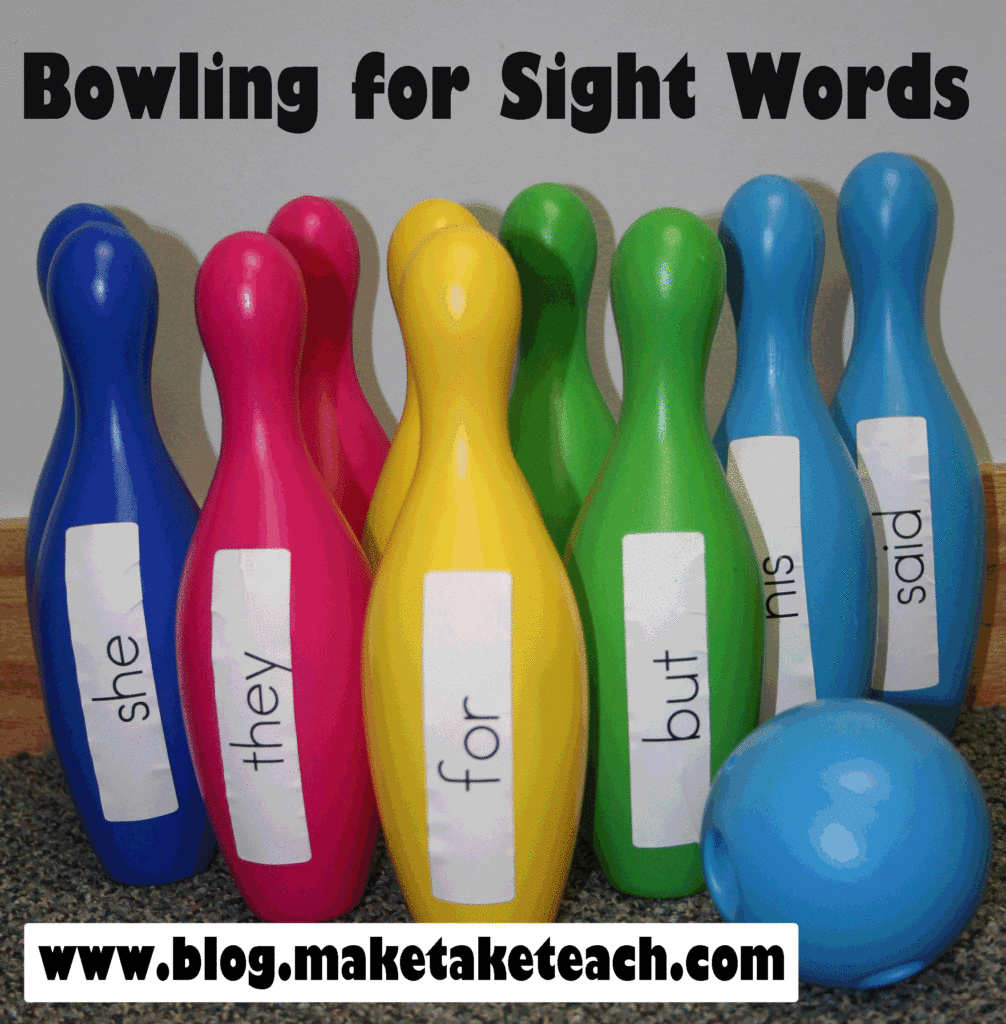
This is a cute and easy game for teaching kindergarten sightwords! Simply write a few sightwords on the bowling pins, the kids can take turn rolling the ball and knocking down the pins. The child who rolls the ball must read the word on the pins that are knocked down. If they read them correctly they keep the pin! Whoever has the most pins will win the game!
5. Sight Word Hide and Seek
For this activity, print out some sight word flash cards, laminate and cut out for durability, then hide the cards around the house (or classroom) when the kids find the words they must read them to you. Great idea to get those bodies moving!\
Apps to Practice Kindergarten Sight Words
Althought I think hands on activities are the best choice for learning sight words, apps do have their place in the world as well. Here are a few of my top pics for apps that will help you practice Kindergarten sight words.
1. Reading Ninja
You can get Reading Ninja on Itunes for just .99 this game is perfect for learning three letter Kindergarten Sight Word – definitely one of my favorites for beginners.
2. Learn Sight Words
This app is FREE in the app store, and is perfect for practicing sight words. Your little one can practice over 300 sight words using this app – with or without sound.
3. Meet the Sight Words
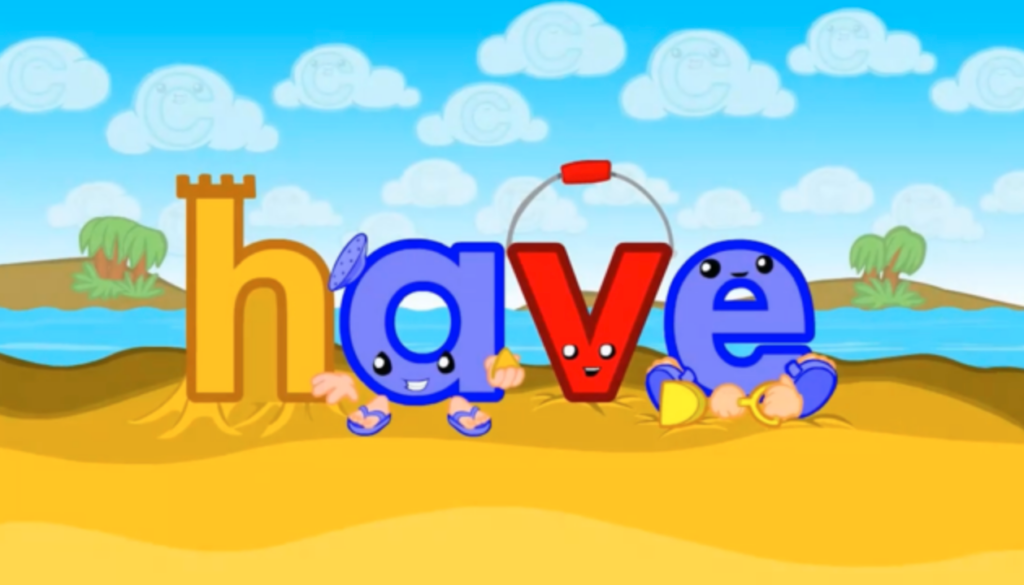
This is a perfect app for little ones to be engaged in! They simply need to choose the sight word that is called out. If they get the answer correct they are celebrated by super fun letters.
Introducing children to sight words is an essential part of teaching them to read. Watching their bank of known words develop is exciting to see! As they accumulate more words that they can instantly recognize, their confidence in both reading and writing will grow.
Now that you know how to teach sight words to kindergarteners and preschoolers, you can get your children and students learning and reading in no time! Be consistent with the above strategies and they’ll love learning to read and write.
Author Bio
Alesia is a founder of PrimaryLearning.org, an educational website that helps elementary school teachers and homeschool parents with hands-on worksheets, activities, and thoughtful articles.
